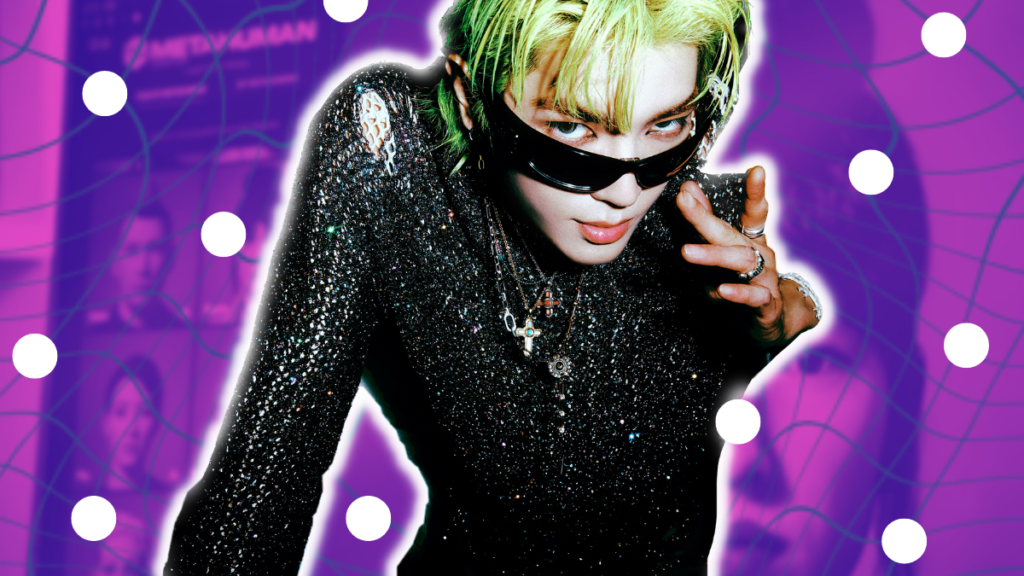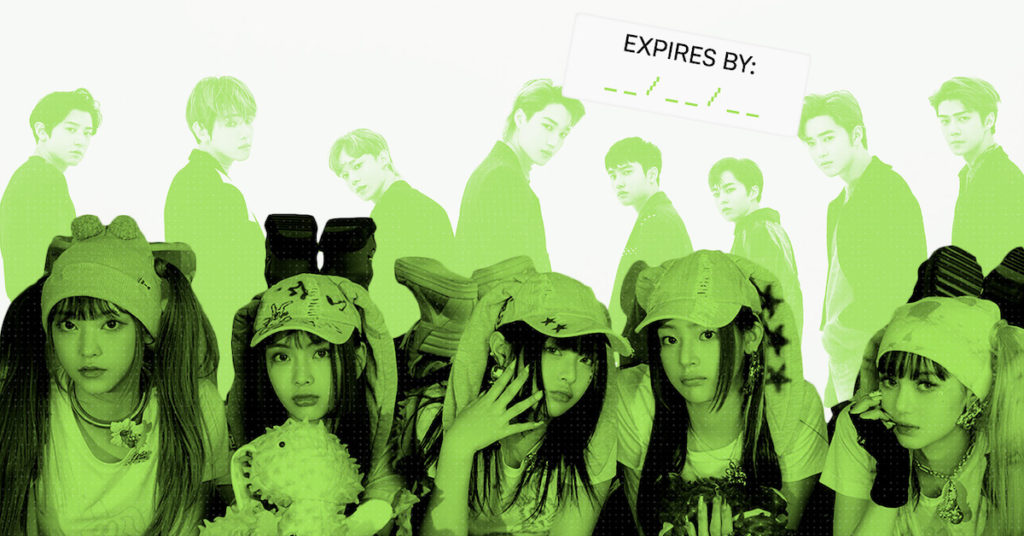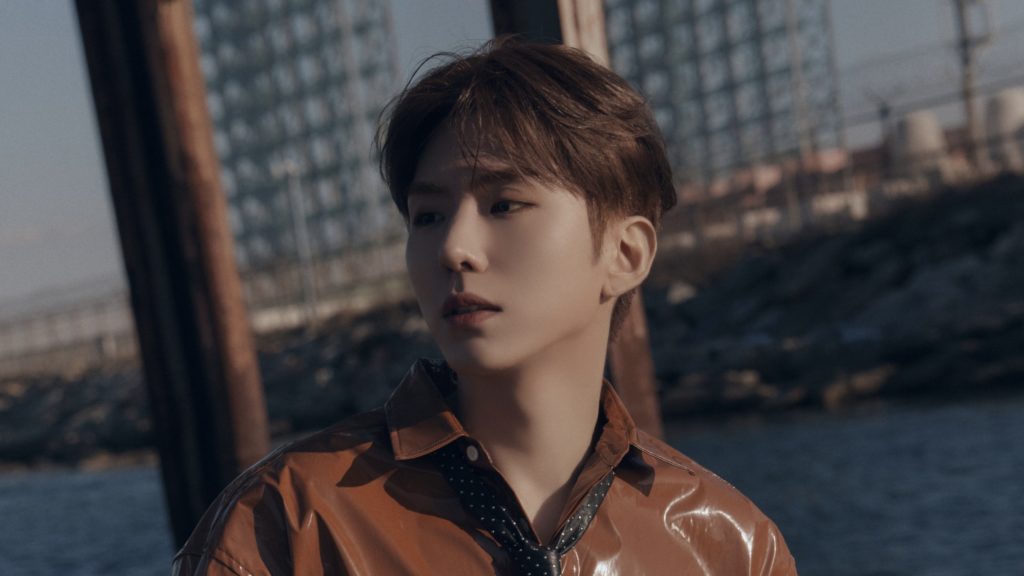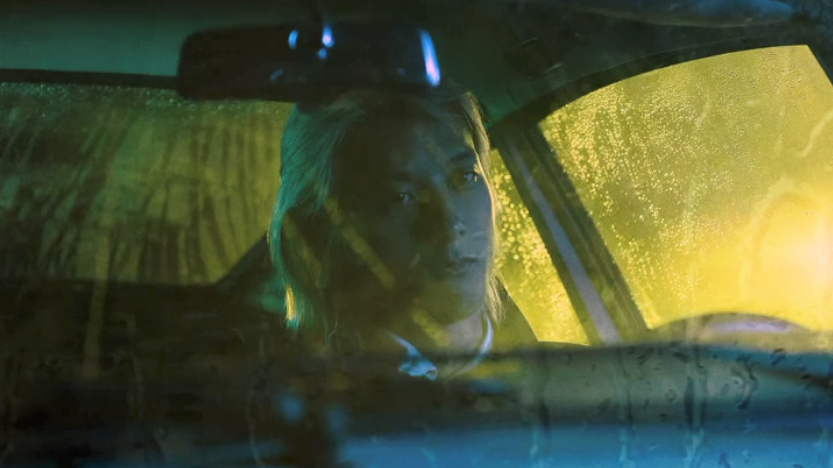What does CGI look like? These days, answering that question can be harder than it seems. As we exist in a time where the line between fantasy and reality often gets blurred, it’s difficult to distinguish physical life from simulated life. The improvements of CGI character design are especially prevalent, as one can not always be sure if a person’s appearance online is authentic or not. However, these illusions aren’t limited to the internet. Many models, singers, and artists are known and revered for their almost digitalized physical appearances. Such is the case with NCT’s Taeyong, who repeatedly displays the ability to venture between the real world and the digital world.
CGI, or computer-generated imagery, is the use of 3D graphics, software, or animation to enhance visual media. Since its creation, CGI has been used to create worlds and objects beyond our imaginations. From games to films, the computer-generated craze has been unstoppable in the sphere of entertainment. With tools like motion capture, objects and people who have never existed before can now think, feel, and thrive on screen.
On many occasions, Taeyong’s physical appearance has taken on a near-virtual form, confusing fans and peers alike with his unique beauty. This is often the origin of questions such as “how and why does he manage to look so realistically unreal?” Though there may be no clear answer, the study of this occurrence may help us identify what can make human characteristics look like CGI. The teasers for Taeyong’s solo debut also feature varying forms of CGI, making this parallel even more apparent. With this becoming a possible theme in Taeyong’s visual lore, more of these comparisons are bound to develop. So, to celebrate his new solo mini album SHALALA, come along with EnVi as we embark on an exploration of one of Taeyong’s many abilities: appearing as a virtual virtuoso!
Background of CGI
In the field of CGI, creativity and technology are paramount. At a time where all things pixelated have become more popular, CGI is utilized to enhance interests in beauty, fashion, music, and more. Combined with hints of nostalgia, the marketability of digitized creativity within the entertainment sphere is hard to miss. Popular films from studios like Pixar and DreamWorks gave the world the first few glimpses at new CGI realities on a large scale, with many live-action movies using it as well.
For decades, artists used this strategy to test the limits of animation and product production. Motion capture, in particular, is a tool that is used to convey natural human emotion and realistic interactions. Once a tool primarily used in the medical field, motion capture refers to the recording of the movements of a person or object via special software and giving it a digital existence. Artists and engineers utilize gear such as head rigs, life casts, reference footage, and more to register actions to be fully digitized. Final Fantasy VIII, for example, utilized motion capture to monitor and track dance performances way back in 1999.
The Man in Mind
But what does all of this have to do with Taeyong? Often described as a rose, riceball, and respected leader, Taeyong’s alluring masquerade as an avatar is one of many reasons why he is constantly praised. From singing, rapping, and dancing to drawing, Taeyong is a man of many skills. Aside from marveling at his talent, personality, and artistic efforts, fans around the world have pondered the near-superhuman ability of Taeyong’s to appear so CGI-like. Could this likeness be attributed to his facial features, movements, or mannerisms? The answer is as obscure as the divide between real and artificial. For now, the remaining truth is that many have noticed, documented, and praised this extraordinary ability of his.
There are entire videos dedicated to the admiration of his CGI beauty from the people around him. Other idols, producers, staff, and fans all over the world have expressed awe at Taeyong’s tendency to effortlessly morph into a CGI character. Notably, an avid player of The Sims 4 even uploaded an elaborate character design and gameplay for a Sim thoroughly modeled after Taeyong on YouTube. Perhaps this ability to replicate his likeness into an actual video game is made easier by his current multifaceted presence in reality. Again, although the answer is unclear, this level of dedication for his talent is customary, as tweets and threads all over Twitter make similar observations.
Unsurprisingly, many fans (myself included) were originally drawn to Taeyong’s visual magnetism without knowing for certain if he was a real person or a video game protagonist. Many tweets commonly compare him to characters from Final Fantasy, Kingdom Hearts, Xenosaga, and more. Similar to how Taeyong harnesses his CGI appearance, fans employ explanations of praise, compliments, and art to display their curiosity and amazement for all that Taeyong is capable of.
But, why CGI?
In terms of their use in popular media, both CGI and motion capture have become beloved art forms in the worlds of film and gaming. This could be a possible explanation for why many feel a visual attraction when viewing this type of content. As numerous companies attempt to capture the essence of nostalgia, advanced CGI is on display everyday. Like motion capture’s popularity in the digital influencer world, CGI isn’t new to the music scene by any means. Its use in music videos is more prevalent, with CGI musicians making huge strides.
When motion capture is applied to movies or film, an actor or artist’s physical performance is recorded in order to convey the realistic authenticity of human movement. The finished result then allows the CGI character’s movements to appear more fluid and alluring. This is a common practice, and could also be a possible reason for Taeyong’s comparison to CGI characters by fans. Like many other actors, athletes, and dancers who’ve lent their talent to CGI, Taeyong excels at exhibiting complex movements that are rarely seen among avatars without the aid of realistic human gestures. With Taeyong being a vibrant and expressive dancer, he provides a wide range of motion that often parallels the variety of actions needed in motion capture. His performances during the comebacks for “Kick It” and “Ay-Yo” specifically presents how simultaneously simple and elaborate his movements can be.
His fashion sense aids in his digital-esque image as well. Outside of his music, Taeyong often shares his interest in fashion with his fans, even customizing his own personal pieces. His interest, as well as his appearance, have prompted many stylists to get creative for different occasions, including music videos and stage performances. Whether his clothes are personalized by himself or the staff, Taeyong often trends online for his creative style, and unique hairstyles.
While a change of hair color is incredibly common among idol groups, Taeyong’s stylists take it a step further through the experimentation of shape and dimension. For an array of comebacks, Taeyong has sported spikes, mullets, extensions, and color combinations of varying vibrancies. Such creative liberties have led to multiple comparisons of him to CGI characters such as Jack Frost from Rise of the Guardians, Cloud Strife from Final Fantasy, Sora from Kingdom Hearts, and Vocaloids. All of this adds to the enjoyment of fans and non-fans alike when watching Taeyong in action.
Even though his ability causes his looks to seem artificial, his impact is undoubtedly real. While CGI may make it more difficult to distinguish between what is real and fake, the authenticity of Taeyong’s existence in the fields of fashion, music, and dance is hard to miss. Whether you’re able to see him in real life or not, Taeyong will easily prove to you that he’s more than just a figure on your screen. Be sure to look out for Taeyong’s debut solo mini album SHALALA on June 5!
Want to stay up to date with NCT? Check out these works about Taeyong’s SHALALA teaser promo and Johnny’s appearance at the 2023 Gold Gala!




